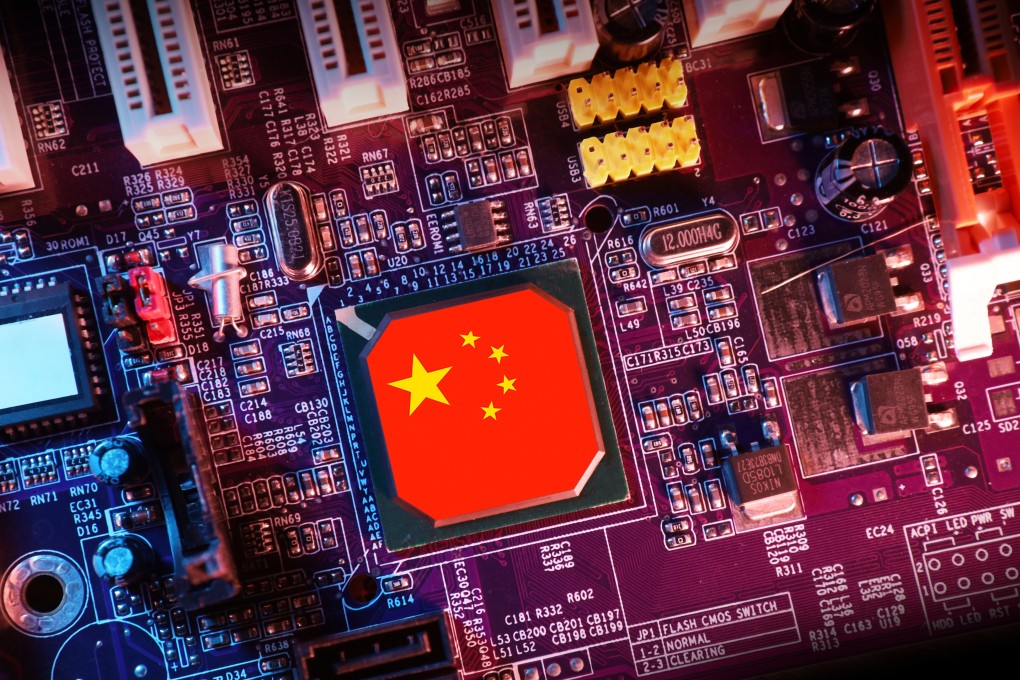Advertisement
The View | As China courts global tech partnerships, it must bridge the trust gap
- The US tech barricade has made China’s tech outreach both necessary and harder than ever, in a climate of geopolitical tensions and falling corporate trust
- Creative solutions are needed, such as setting up centres of collaboration in trusted third countries like Singapore
Reading Time:4 minutes
Why you can trust SCMP
1

As China comes under growing technological restrictions by the US and its allies, it is forced to look increasingly into indigenous innovation. But no matter how formidable its talent base, and notwithstanding its leadership in certain areas, it is difficult for China to compete against joined-up advanced nations. Hence, China has made overtures to multinational corporations to collaborate on technology.
Advertisement
But if Western companies are already restricting sales of their most advanced products and equipment to China at America’s behest, how would they collaborate on research and development? Even as the restrictions against China make such cooperation necessary, the forces behind them make it difficult.
This is despite the US rhetoric on its technological constraints on China and national security considerations, reiterated by US Treasury Secretary Janet Yellen on her recent visit to Beijing, remaining unpersuasive.
To frame the challenges for China’s cooperation with foreign companies on technological innovation, it would be useful to examine China’s changing roles in the international economy. Western companies and their governments see China in a range of roles, including as supplier, market, competitor and adversary.
Like many other East Asian economies before it, China started as a sourcing destination for Western companies producing labour-intensive products.
Advertisement
As China’s economy developed, it became one of the world’s largest consumer and industrial markets. General Motors and Mercedes sell more cars in China than in their home markets. The US semiconductor industry derives more than 30 per cent of its revenue from China.

Advertisement
